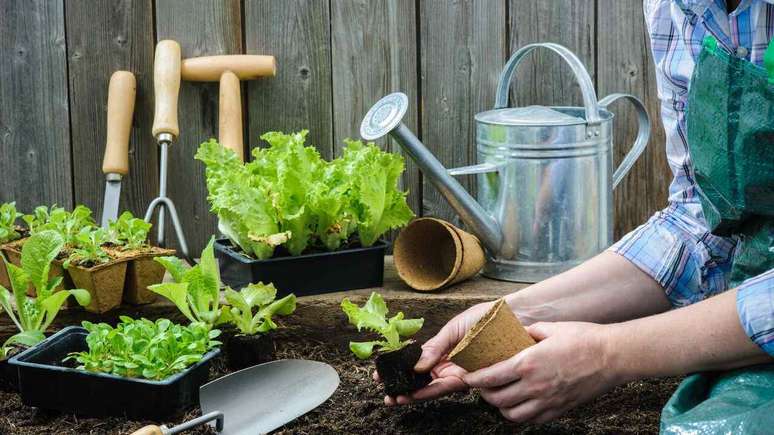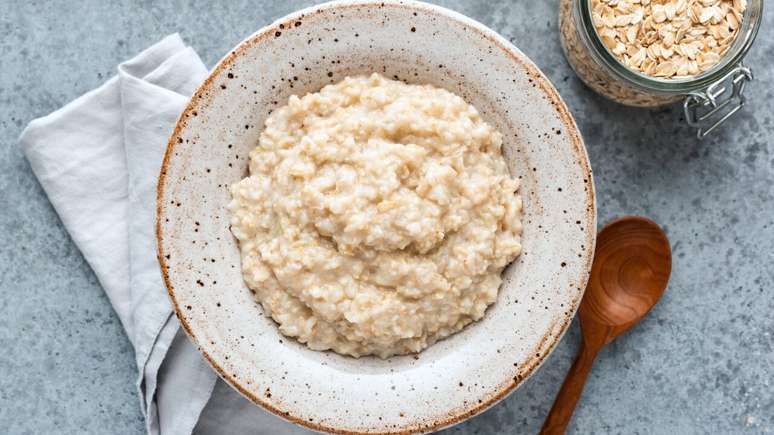The expert provides essential advice for growing your own vegetable garden at home or in an apartment
Growing a vegetable garden at home is now part of the reality of most people. Even those who live in urban areas and in small spaces, such as apartments, have a space reserved for their plants.
The vast majority of species that attract the attention of growers are still ornamental ones. However, the habit of growing your own spices, tending small vegetable gardens or even having a fruit tree at home is also an increasingly common practice.
To help you grow your own vegetable garden at home, agronomist Marcos Estevão Feliciano, of Forth Jardim, a company specializing in plant care, explains the essential steps for those who want to have potted plants while maintaining their own home orchard. Check:
1. Environment
In general, fruit trees will always need sun to develop well, so the ideal is to choose a place to leave the pot where it receives more than 6 hours of direct sunlight per day.
But for those who don’t have this possibility, the good news is that it is possible to grow the fruits even in partial shade, with about 4-6 hours of sun per day, even if the expert warns. “In the case of fruit trees grown in partial shade, it is important to know that, although it is possible, their production will be lower and, depending on the species, the fruits may also be less sweet.”
There are some species that adapt better to partial shade, especially in regions with intense heat. Fruits such as strawberries, raspberries, blackberries and blueberries are some examples.
2. Irrigation
Irrigation of the home garden must be done abundantly, allowing the water to drain well through the substrate, for this you can use a watering can or even a hose. Likewise, the frequency of watering must also be high.
You may need to water daily or even twice a day, depending on the size of the pot. To know the right time to water again, the advice is to check the substrate: if it is still humid you can wait a little longer, but if it is dry it is time to water.
“Speaking of pot size, it is also worth remembering that it is advisable to replant your fruit tree in larger pots every year, to prevent the plant from suffering from a lack of water and not having space to develop its roots”, adds Marcos.
3. Soil
Since fruit trees are quite demanding in terms of water, rather than substrates, it is ideal to use soil improvers when planting them. It is also possible to plant in the substrate, but this will require more frequent watering, and it will also be necessary to periodically replace the substrate.
This happens because over time it decomposes, exposing the roots, which does not happen with soil improvers. “We recommend Forth Floreiras balm, which despite its name, is not exclusive to flowers. It is ready to use and can be used on fruit trees. Its composition includes decayed pine bark and ash and is completely free of pine seeds. weeds, pests or diseases,” explains Marcos.
Another tip that the expert gives for creating a vegetable garden at home is that every time you change the pot, use the rooter on the fruit tree. The process is simple, just dilute the product in water and water the plant immediately after replanting.
4. Fertilization
The fertilizing routine can be started 30 days after planting your fruit tree in the pot. According to the engineer, the best solution is to use specific fertilizers for fruit trees. “Forth Frutas is a fertilizer that can be used on fruit trees in general, but in the case of some specific fruits we also have our own fertilizers such as: Forth Jabuticabeiras and Forth Coqueiros.”
5. Parasites and diseases
The main parasites that usually affect fruit trees are scale insects, aphids, caterpillars, beetles, bedbugs or thrips. In the case of all these insects, natural insecticides, such as neem oil, are recommended to fight them.
Mites are also very common, the main symptom of which is curling or curling of the leaves. In other cases the leaves can also become whitish, rough and lose their shine or tan.
As for diseases, fungi are the most common. They are responsible for white spots, popularly known as rust or black spots. «In case of mites, for prevention we recommend the use of Forth Sulfur fertilizer, which has a detaching action. And to prevent fungi, the recommended product is Forth Copper”, which forms a protective layer of copper on leaves and fruit, reducing its action, concludes the engineer.
Source: Terra
Ben Stock is a lifestyle journalist and author at Gossipify. He writes about topics such as health, wellness, travel, food and home decor. He provides practical advice and inspiration to improve well-being, keeps readers up to date with latest lifestyle news and trends, known for his engaging writing style, in-depth analysis and unique perspectives.


-1ibeskywkh3z8.png)






